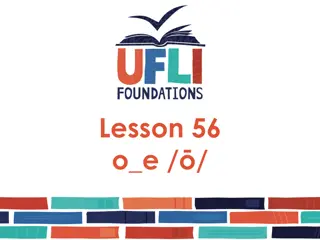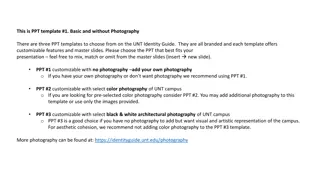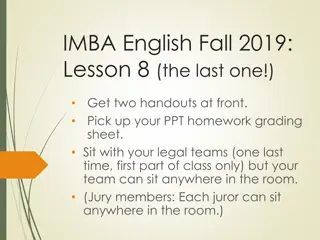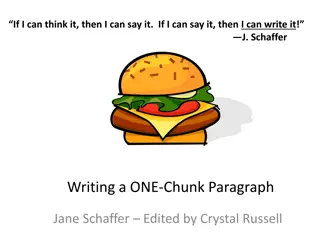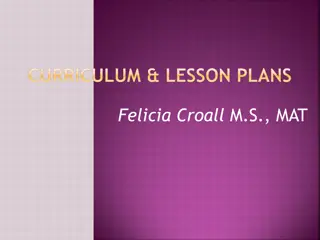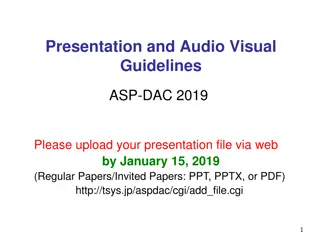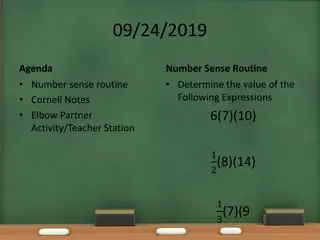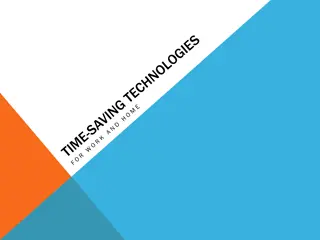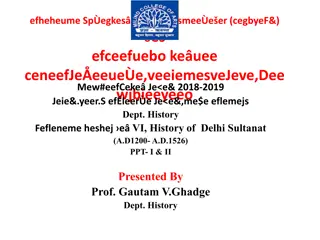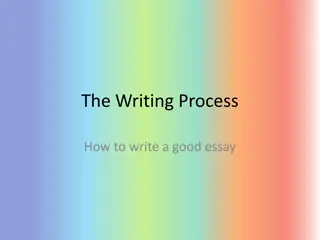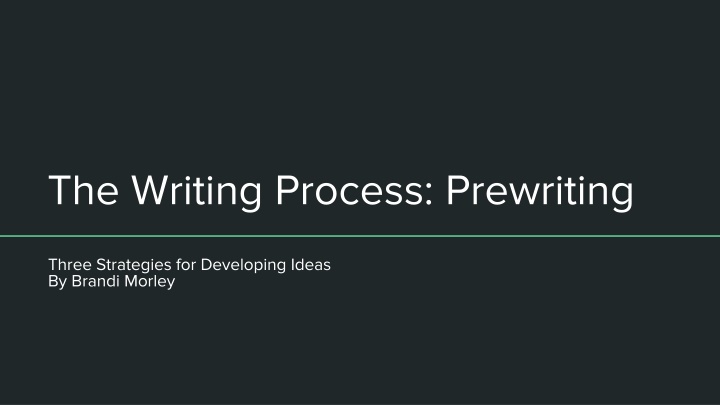
Effective Prewriting Strategies for Developing Writing Ideas
Discover the importance of prewriting in the writing process with three key strategies - Listing, Freewriting, and Clustering. Explore how to generate and organize ideas effectively to enhance your writing.
Download Presentation

Please find below an Image/Link to download the presentation.
The content on the website is provided AS IS for your information and personal use only. It may not be sold, licensed, or shared on other websites without obtaining consent from the author. If you encounter any issues during the download, it is possible that the publisher has removed the file from their server.
You are allowed to download the files provided on this website for personal or commercial use, subject to the condition that they are used lawfully. All files are the property of their respective owners.
The content on the website is provided AS IS for your information and personal use only. It may not be sold, licensed, or shared on other websites without obtaining consent from the author.
E N D
Presentation Transcript
The Writing Process: Prewriting Three Strategies for Developing Ideas By Brandi Morley
Learning Objectives Upon successful completion of this lesson, students will: review the steps in the writing process (Prewriting, Drafting, Revising, Editing, Publishing). generate ideas about a topic using three prewriting strategies (Listing, Freewriting, Clustering). reflect and discuss the various prewriting strategies as well as their importance to the writing process.
The Writing Process Defined The writing process, is a recursive, fluid process that writers follow when constructing a text. Having a process allows the writer to break the writing tasks into smaller, more manageable chunks. Before publishing a final product, a writer may visit and revisit various stages of the writing process. Let s look at the five stages.
#5: Publishing #1: Prewriting 1 The stage of sharing the final draft with an The stage of generating ideas and planning audience 5 2 #2: Drafting #4: Editing The Writing Process The stage of writing a rough draft The stage of proofreading and correcting errors related to grammar, usage, and conventions #3: Revising 4 3 The stage of refining style and organization
Prewriting The focus of this lesson is prewriting, or brainstorming, which is the first step in the writing process. The purpose of prewriting is to generate ideas and plan before developing a draft. Ideas for writing come from many places: what we ve read, what we ve seen, what we ve experienced, what we imagine. You will have an opportunity to practice three different ways of generating ideas using prewriting strategies.
Listing: What is it? Listing is a way to jot down a lot of ideas related to a topic in a short amount of time. Simply make a list of ideas, details, and examples related to a topic. There s no need to organize the list in a certain way. The goal is simply to get ideas on the page. Example Topic: Going to College Courses Schedules Professors Textbooks Dorms Off-Campus Safety Tuition Financial aid GPA Study Skills
Listing: Your turn! Set a timer for 2-3 minutes. Practice using the prewriting strategy of listing with a topic of your choice or a broad topic such as planning a vacation. List as many ideas that come to mind related to the topic.
Freewriting: What is it? Freewriting is a process of freely jotting down your thoughts and ideas related to a topic in phrases or sentences. Correctness does not matter at this point. The idea is to write down whatever comes to mind related to the topic. Example Topic: Going to College When I started college, I didn t know what I didn t know. It took me a while to figure out how to manage my time and study for my classes. Speaking of classes, I had to take all 8:00 a.m. classes my freshman year before I learned to register early! Registration wasn t online, either, so my roommate and I spent hours waiting on the phone just so we could register for our classes each semester.
Freewriting: Your turn! Set a timer for 5 minutes. Practice using the prewriting strategy of freewriting with a topic of your choice or a broad topic such as planning a vacation. Write as many thoughts and ideas that come to mind related to the topic. Remember, there is no need to be concerned about spelling, grammar, or conventions right now; the point is to get ideas on the page.
Clustering: What is it? Clustering, also called mind mapping, is a method to help you organize ideas related to a topic. It helps a writer to see how ideas are connected. Start with the main topic, and then brainstorm related subtopics and details.
Clustering: Example An alternative version of this clustering example can also be understood in the form of an outline, like so: Clustering Example Off campus Main Topic: Going to College Subtopic #1: Housing Detail #1: On-Campus Detail #2: Off-Campus Subtopic #2: Admission Detail #1: Essay Detail #2: Financial Aid Subtopic #3: Courses Detail #1: Professors Detail #2: Books Detail #3: Registration Subtopic #4: Events Detail #1: Sports Detail #2: Campus groups Financial Aid Essay On campus Housing Admission Going to College Professors Courses Events Sports Books Registra- tion Campus groups
Your turn! Set a timer for 5-7 minutes. Practice using the prewriting strategy of clustering with a topic of your choice or a broad topic such as planning a vacation. Start with the main topic in the center, and then branch out with more specific subtopics and details.
Reflect and Discuss Review your prewriting activities and consider the following: Why do you think prewriting is an important step in the writing process? What prewriting strategy did you find to be the most useful? Why? Discuss your responses in pairs or small groups.
Attribution Morley, Brandi. "Prewriting [Lesson]." Strategies, Skills and Models for Student Success in Writing and Reading Comprehension. College Station: Texas A&M University, 2024. This work is licensed with a Creative Commons Attribution 4.0 International License (CC BY 4.0).




